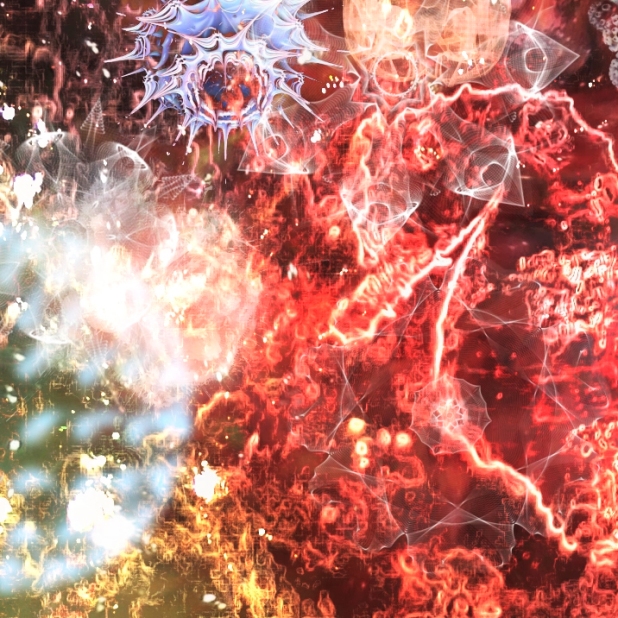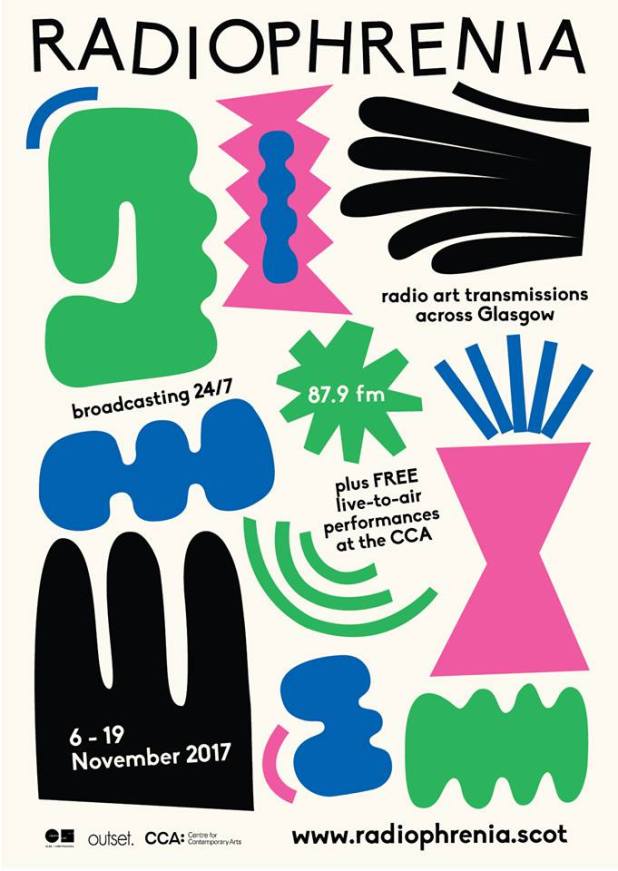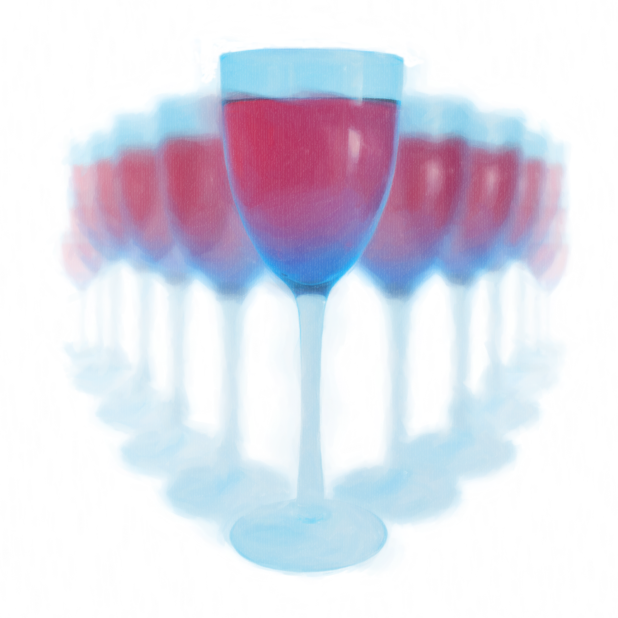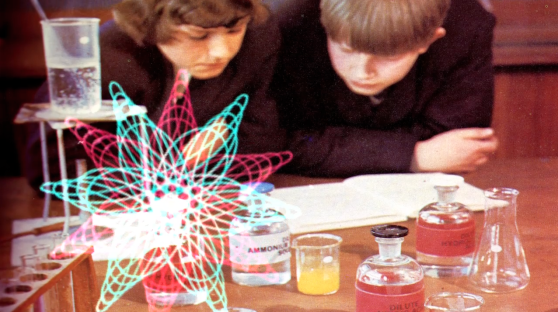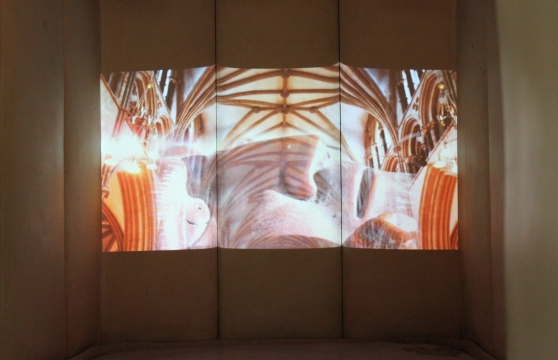So, our long-standing obsession with those tiny creatures that can make their own light at the bottom of the ocean – bioluminescent creatures – and with diatoms (see below!) looks like it might be about to bear fruit in the shape of these visuals.
The publication of William Myers’ book ‘BioArt: Altered Realities’ in 2015 draws attention to an increasingly popular strand of thinking amongst artists. In a world in which recombinant DNA tech allows us to engineer living things, blur the biological boundaries between organic life and inorganic digital technology and so on, artists are responding in a multiplicity of ways – for example, by using slime moulds to make music by communicating with Max/MSP patches (see Grabham and Sharp’s 2014 film, ‘The Creeping Garden’).
Phytoplankton are small autotrophic plankton found in freshwater ecosystems, oceans and seas. Usually too small to be seen with the naked eye, they occupy the euphotic zone and account for about half of the photosynthetic activity on earth. Perhaps the most famous of the group are the diatoms. Diatoms are incredibly beautiful when viewed under a light microscope; a unique feature of them is that they are enclosed within a hard cell wall made of silica called a frustule. These frustules can be either radially or bilaterally symmetrical, and exhibit tremendous snowflake-like beauty, as illustrated by Haeckel in his 1904 microscope study ‘Kunstformen der Natur’.
Experimenting with various digital imaging tools, we noticed that we could create ‘artificial’ diatoms quite easily. We used simple diaphanous brushstrokes and kaleidoscope filters to create radial and bilateral symmetry in our forms. The results were quite beautiful, especially when brought to life with animation.
We explored simple CGI techniques to create more solid ‘creatures’. Actual photos of Lion’s Mane Jellyfish, found stranded at Crosby beach, were used as the basis for texture-mapping, along with images of seaweed taken at Robin Hood’s Bay, north-east Yorkshire.
So far we’ve got about six minutes of these critters moving through an imaginary seascape (which includes real seahorses)…the ultimate aim is to use this piece as a projection that we can perform a live improvisation over using our violins, guitars and MS20s..
.

